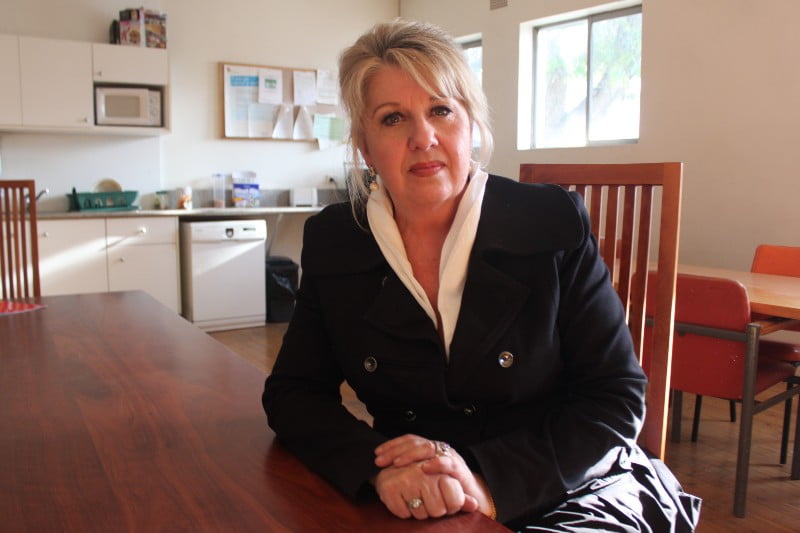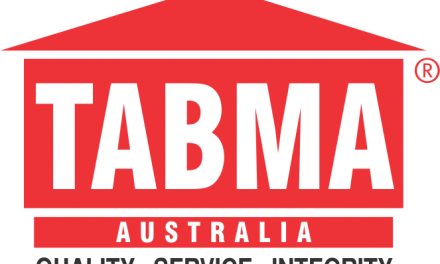Lending members a helping hand
Members will always call me with questions like, ‘What glue do I use?’, ‘What finish is the best finish?’, ‘Who can I go to for advice on this issue?’ Part of my job is answering those questions.
For example, one day I was speaking to a member who was supplying undercoated finger-jointed timber at a very reasonable rate. Unfortunately, the timber sat out in the weather for too long and the undercoating washed off. The terms and conditions of the product said that it had to be installed and finished within a certain amount of time, which had expired.
In this case, I spoke to Greg Nolan from the University of Tasmania and Andrew Dunn from the Timber Development Association. I asked them if they were able to determine if the product was still fit for purpose. Looking at the product they were able to identify that the de-lamination was only 1 mm deep, meaning that the product could be bogged up and painted and it would still be fit for purpose.
With this information I was able to advise the member that if the product was cleaned up and painted it would be fine to use, provided they felt they were still providing the customer with a quality product. Those are the sort of things that I do every single day. I can help our members through problems like that.
In my eight years with WADIC I’ve only had five complaints about problems with windows. Three of these were issues arising from installation and a lot of WADIC members don’t deal with installation. In terms of complaints, that’s very small numbers. I know of other associations that will come to the table with stack of complaint papers three to four inches high.
Compliance with AS3959 and WADIC membership
I don’t think a lot of the manufacturers realise that there are only two ways to comply with AS3959 for windows and doors; by testing in a rig, or by being a current, licenced member of WADIC. I’m finding more and more, especially in places like Queensland, there are manufacturers out there that aren’t compliant with standards. Today it’s becoming critical to be compliant with AS3959. If you’re not compliant and a window fails, the responsibility lies with you.
We have a lot to members that come to us after something has gone wrong and that is a problem in itself, because we can’t apply their licence retrospectively. They would like us to, but licences can only be active from the date the licence agreement is signed and all of the terms and conditions are agreed to.
We have three levels of membership. The bottom level is basically a membership, which is taken up by a lot of suppliers and manufacturers. This membership means you can get all the information, all the advice, and all that help from us that you could possibly want to have.
The next level is a licenced member, which is only for manufacturers, and that allows you to use our compliance manual, and all of our tested products for AS3959. Then we have the top level, and the top level is the bushfire fabricator and licenced member. So, in order to be a bushfire fabricator, you need to have all three levels.
Bushfire testing
WADIC has tested a whole range of products for bushfire resilience. At the same time, we have been educating our members on what products meet Australian standards, as well as training them on how to build a certified WADIC product. That’s really important, because there’s a lot of misunderstanding as to what is compliant and what isn’t.
WADIC is also involved in BMEE, which is the Blue Mountains conference on building in bushfire-prone areas. The Blue Mountains has a lot of problems with bushfire and, as a result, they don’t like to use timber as a building product.
When WADIC first discussed testing for bushfire resilience, the idea was mainly pushed by the Blue Mountains. It was helped along by the fact that Victorians were very limited in what building materials they could use considering 80 per cent of the state has some level of bushfire rating. The testing has also been very beneficial for South Australia.
Insulated glass
In 2002 when we first came together the focus was to become compliant with industry standards. Of course, when we started the standards were far less rigorous than they are now. For example, I think that insulated glass units are going to an issue because these units are relatively new to the Australia market.
Some insulated glass units are produced with a lot of automation, meaning that they are hardly touched by human hands. The glass is cleaned and sandwiched together, but sometimes you’ll get scratches inside the units. There is nothing you can do about that but you really don’t want faults on the inside of units; if you get a finger print inside the unit, over a period of time, just a little bit of grease off your finger can make a unit fail. The way framing is very important.
In general an insulated glass unit comes without a frame. There are a number of ways that you need to drain and seal it to stop moisture from getting in. We have a lot of people who are still having issue with their insulated glass units. WADIC is starting to get more involved with that, especially because insulated glass is becoming more prevalent across Victoria, South Australia and Tasmania.
2016 plans for WADIC
I would like WADIC to do more bushfire resilience testing in the next 12 months. I also want to travel around and educate people about what the testing does. I’m hoping to double WADIC’s membership if I can. I am getting involved with some different people who will bring cost advantages back to WADIC members.
One thing I am looking into is insurance, which is a big thing. It’s not something where we’ll get any payback from but it will benefit our member. We’re already testing with one insurance company and they’re doing some good work with us. Essentially, they will work in partnership with WADIC members, offering advice where they can.
In addition to this, I’ll be continuing to work with the Illegal Logging Prohibition Act and industry compliance requirements. Not a lot of people realise that WADIC, along with other industry associations, lobbies the government really hard to enforce compliance standards. This is because, out of 17,000 importers of timber and timber products, we have estimated that non-compliance with standards is going to cost the industry somewhere in the vicinity of $315 million.
Another major concern for WADIC is the fact that, while we only have a handful of members that are timber merchants and importers, we have is a growing number of members that import raw materials and finished products. Locally, the raw material costs more money and the flow-on affect is that our members can’t compete. On top of all that, any WADIC member will tell you they have problems finding staff; the wages are getting higher and higher, and the pool of applicants is shrinking and shrinking. It’s a problem.










